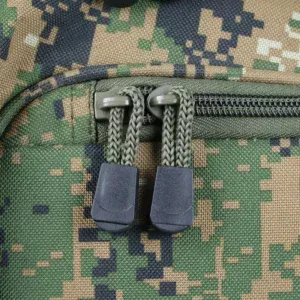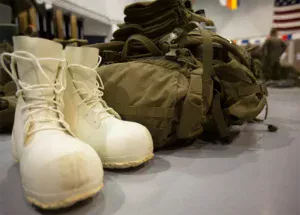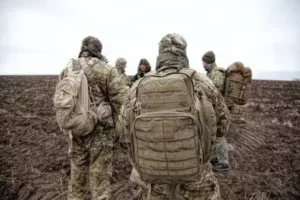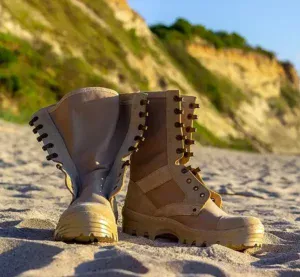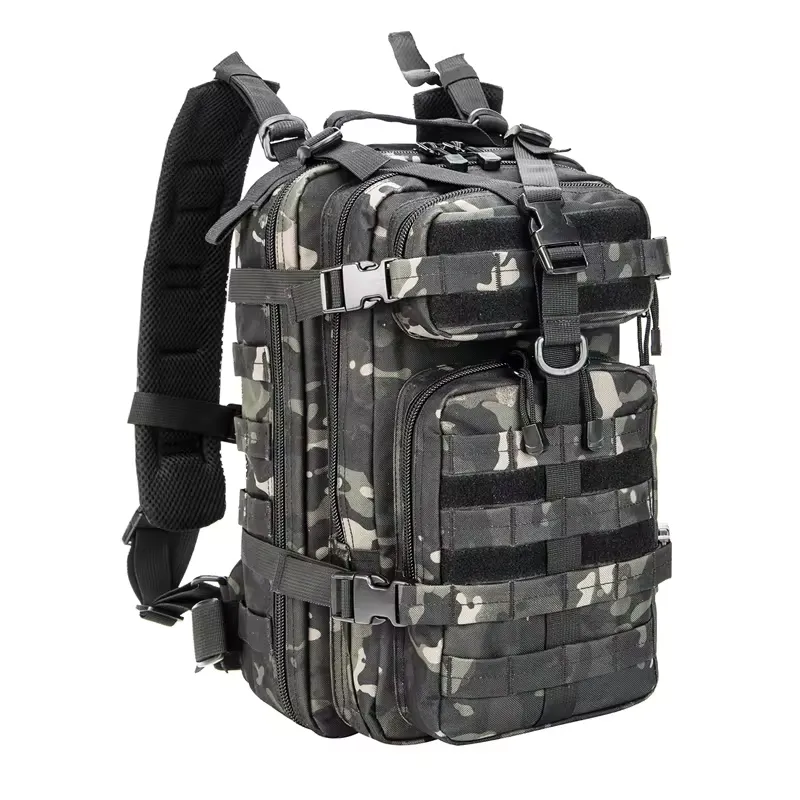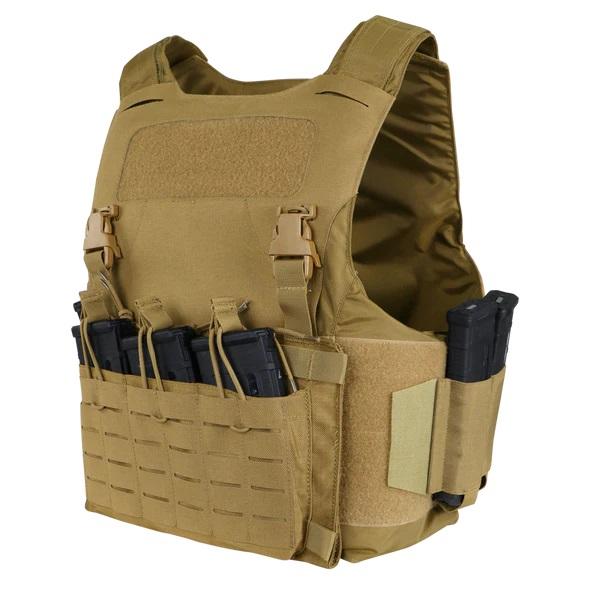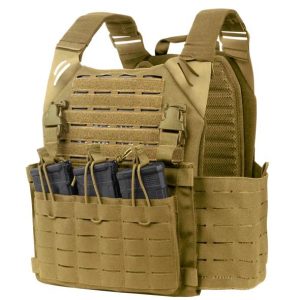Whether you’re a hiker, prepper, or business owner, you’ve probably heard of “military backpacks” and “tactical backpacks.” What’s the difference? Why are they popular?
In this FAQ, we answer common questions about military backpacks—perfect for personal use or business needs. Let’s get started!
1. What Are Military Backpacks?
Military backpacks are designed for soldiers in the field. They’re built to carry essentials like food, water, ammo, and medical supplies during missions. Think of them as the ultimate survival tool for the battlefield. They’re tough, practical, and made to handle rough conditions—like rain, mud, or extreme heat.
Brands like Eagle Industries a 5.11 Tactical supply these to armed forces. For personal use, they’re great for rugged outdoor trips; for businesses, they’re a solid addition to tactical or surplus lines
2. Are Military Backpacks and Tactical Backpacks the Same?
Not quite. Military backpacks are made for combat—think MOLLE webbing, heavy-duty nylon, and space for gear like radios or weapons. Tactical backpacks adapt that rugged design for civilians, often lighter with features like laptop sleeves for hiking or daily use.
Individuals can pick based on need—military for toughness, tactical for versatility. Businesses can target pros or enthusiasts accordingly.
3. What Features Do Military Backpacks Have?
These packs come with practical features:
Popruhy MOLLE : Straps for attaching pouches or tools—customizable for any mission.Hydration Compartments : Built-in bladder slots for long missions.Heavy-Duty Materials : Ballistic nylon or Cordura for max durability.Rýchloupínacie pracky : Fast access in high-pressure situations.Lots of Pockets : Keeps gear organized, from snacks to first-aid kits.
Great for anyone needing reliable, adaptable gear—on trails or in stores.
4. What Backpack Does the Military Use?
The U.S. military uses several models depending on the branch and mission. The MOLLE II Rucksack is a standard for the Army—big, modular, and tough, with a 50-80 liter capacity.
Marines often use the ILBE (Improved Load Bearing Equipment) pack, built for heavy loads and customization. Both are reliable choices for serious outdoor use or business inventory like surplus or government sales.
5. Can Civilians Wear Military Backpacks?
Absolutely—there’s no law against it. Civilians use them for hiking, camping, or prepping. They’re durable and versatile, appealing to outdoor fans or anyone wanting rugged style. Businesses can sell them freely to a wide market.
6. What Rucksack Do the Navy SEALs Use?
Navy SEALs often rely on specialized gear like the Mystery Ranch 3-Day Assault Pack or custom MOLLE-compatible rucksacks. These are lightweight (around 40-50 liters) yet tough enough for elite missions—think amphibious ops or covert drops.
7. Are Military Backpacks Waterproof?
Most military backpacks are water-resistant, not fully waterproof. They use coated nylon to repel rain and often include rain covers. If you need something truly waterproof, look for a model with sealed seams—or pair it with a dry bag.
8. How Much Can a Military Backpack Carry?
It depends on the size, but most range from 30 to 55 liters. A 3-day assault pack (around 45 liters) is common—it’s big enough for a few days’ worth of gear.
Larger rucksacks can go up to 80 liters for long missions. Weight-wise, they’re designed to carry 50+ pounds comfortably, thanks to frames and padded straps.
9. Why Are Military Backpacks So Heavy?
They’re heavy because they’re overbuilt for survival. Thick materials like 1000D Cordura or ballistic nylon don’t tear easily, reinforced stitching holds under stress, and metal or plastic frames support massive loads—soldiers often carry 60-100 pounds of gear, from rifles to rations.
That heft isn’t a flaw—it’s a feature. A lightweight pack might rip on a jagged rock or fail under a week’s supplies, but a military backpack won’t. For hikers or preppers, this means reliability; for businesses, it’s a selling point for clients who value gear that endures.
10. How Heavy Is a Military Backpack?
Empty, they range from 4-8 pounds. A 45-liter assault pack might clock in at 5 pounds—light enough to carry but sturdy. A full rucksack with a frame, like the MOLLE II, can hit 8 pounds or more due to extra support. Loaded up, they’re a different story—50 pounds is common, and soldiers might push past 100 depending on the mission.
For personal use, that empty weight’s manageable for most; fully packed, it’s a workout. Businesses can pitch lighter models to casual users and heavier ones to pros or collectors who want the real thing.
11. What’s the History of Military Backpacks?
Military backpacks have a rich past. Centuries ago, soldiers used basic sacks or leather pouches—functional but back-breaking. By World War II, designs like the M1945 Combat Pack added wooden or metal frames for better weight distribution, though they were still clunky. The Vietnam-era ALICE pack brought nylon and modularity, a big leap forward.
Today’s MOLLE II system, introduced in the late ‘90s, is high-tech—lighter materials, modular webbing, and ergonomic straps reflect modern warfare’s demands. For history buffs, it’s a cool evolution; for users, it’s proof these packs keep improving.
12. Are Vintage Military Backpacks Still Useful?
Yes, vintage packs like ALICE (from the ‘70s) or WWII rucksacks hold up surprisingly well. Made of canvas or early nylon, they’re tough—some have lasted decades with minimal wear. Hikers love their retro vibe, collectors seek them for authenticity, and preppers value their simplicity.
Check for wear—straps might fray, zippers could stick—but with a little TLC (new buckles or patching), they’re field-ready. Businesses can sell them to surplus fans or nostalgia-driven buyers; individuals get a piece of history that still works.
13. What Does “MIL-SPEC” Mean?
“MIL-SPEC” stands for Military Specification, a U.S. standard that ensures gear meets rigorous requirements for durability, performance, and safety. For backpacks, that might mean 1000D nylon, MOLLE compatibility, or stitching that won’t unravel under 50 pounds. It’s not a buzzword—gear must pass tests to earn it.
For users, it’s a sign of quality—peace of mind on a tough trek. For businesses, it’s a marketing hook for pros or enthusiasts who want gear that’s legit, not just “military-inspired.”
14. How Do Military Backpacks Compare to Hiking Backpacks?
They overlap but differ. Military backpacks are heavier, with MOLLE webbing and rugged builds for combat—think muted colors like tan or olive. Hiking backpacks prioritize lightweight comfort, often using 200D nylon, bright colors for visibility, and simpler designs for trails, not battlefields.
Military packs win on durability and modularity—great for preppers or tactical use. Hiking packs shine for casual treks where ounces matter. Choose based on your needs; businesses can stock both to cover all bases.
15. Are Military Backpacks Good for Camping?
Yes—they’re excellent. A 45-liter pack fits clothes, a stove, and food for a weekend; larger ones handle week-long trips. Hydration slots, MOLLE for extra gear, and durability through rough terrain make them a camper’s dream—just don’t expect ultralight.
16. How Do I Choose the Right Military Backpack?
Start with size: 30-50 liters for short trips, 80+ for extended hauls. Check weight—4-5 pounds empty is easier to carry. Look at features: need MOLLE? Hydration? Padding? Match it to your goal—hiking, prepping, or heavy-duty use—and test the fit. Comfort matters as much as toughness.
Záver
Military backpacks offer durability and function, from MOLLE designs to heavy-duty materials. Whether you’re hauling gear through the woods, collecting a piece of history, or outfitting a team, they deliver reliability tailored to different needs and uses.
Ready to equip with high-quality backpacks? With decades of experience in custom production, we craft rugged gear tailored to your specs—on time and budget. Contact us today to explore bulk options, custom designs, or a quote for your next project. Let’s build something tough together!
